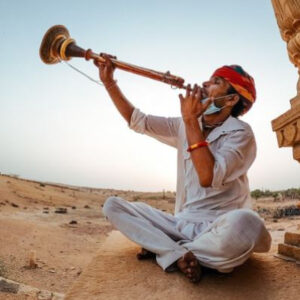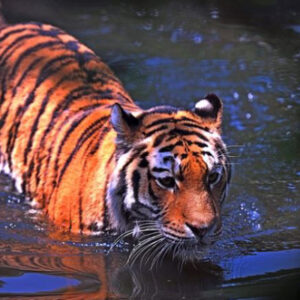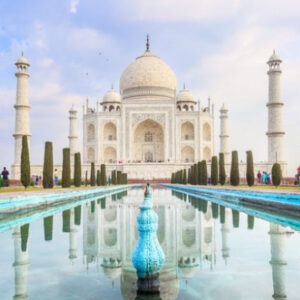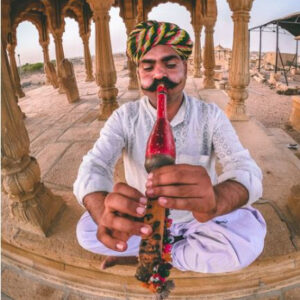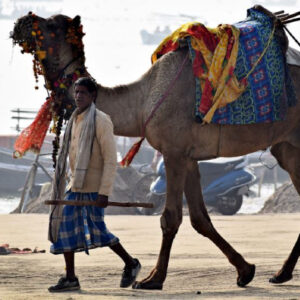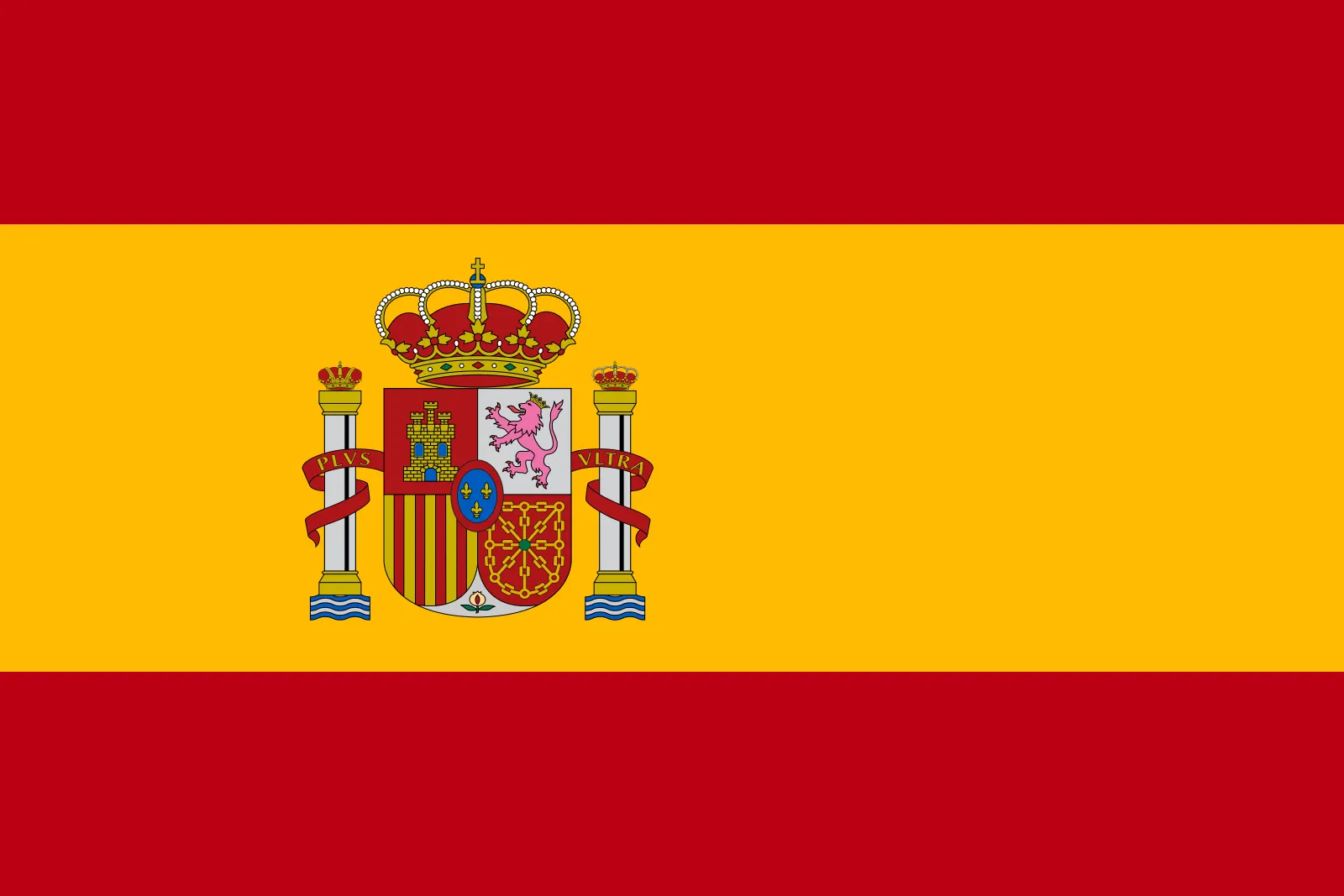Tour in rajasthan
Tour in Rajasthan
With our special packages, have a chance to unveil the mystic in Rajasthan whereas you will experience the authentic and durable time. The palaces and forts that are majestic, busy markets, calm lakes or the huge Thar Desert can be visited freely with us since we customize our offerings to meet your wishes.
Why Choose Our Packages to Rajasthan?
Personalized Itineraries: All our Rajasthan packages are tailor-made just for you. We understand that travellers are unique individuals and therefore take great pride in designing itineraries that correspond with a person’s passion whether one prefers history, culture, adventure or nature’s beauty.
Local Expertise: We have deep knowledge of Rajasthan as a local tour operator. The guides from our company really love it when they share what people don’t know about this place; its cultural heritage and tradition. Expect nothing but real insider journey because there is no path that everybody follows.
Seamless Travel Experience: When booking with an operator who is indigenous, there will always be some benefits regarding his/her extensive connections within his/her home area. We take all worries away from you by dealing with such issues like restaurants and hotels as well as reliable transport means plus opportunities which are exclusive thereby allowing you to travel safely
Real authentic cultural experiences: You can have the opportunity to be part of the local communities, participate in traditional festivals, and dine with Rajasthani families in their homes. These genuine encounters give a better comprehension of the area’s customs and way of life enhancing your trip experience.
Benefits of Booking with Us
- Flexibility:
Our customized packages enable you to make impromptu decisions. We will redesign your schedule depending on what interests you or your convenience.
- Cost-Effective:
As a local operator, we offer competitive prices without compromising on quality. We are situated in Rajasthan so when it comes to accommodation, transport and activities, we have an advantage over others.
- 24/7 Support:
Throughout your travel, our team is here for you. Whether it is making up for any changes that may arise at the last minute or merely advising you on what to do next.
- Sustainable Travel:
We believe in responsible tourism. Whenever you book through us, the money goes back to these people and helps preserve Rajasthan’s natural heritage.
Set out on an expedition across Rajasthan that is as individual as yourself. Let us organize a journey beyond your wildest dreams by booking with us – your reliable local tour operator. Go anywhere without worries; everything was taken care of so meticulously that there could be no mistakes.
Contact us to ask for quote via WhatsApp, Chat, query form or email.
WhatsApp – +919971981381
Email – info@ciaoindiatours.com

